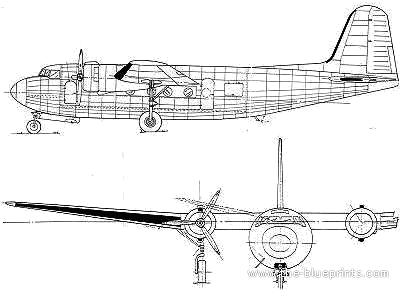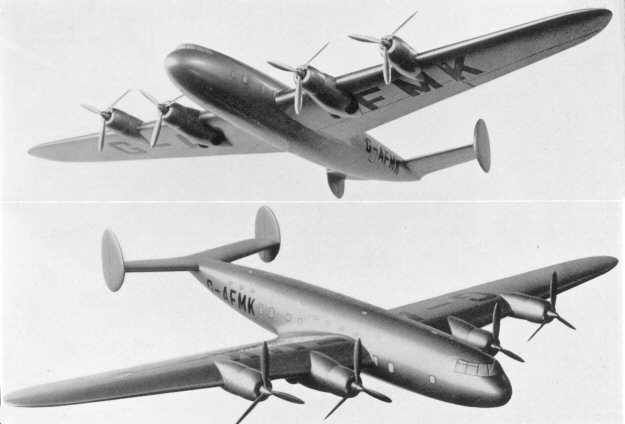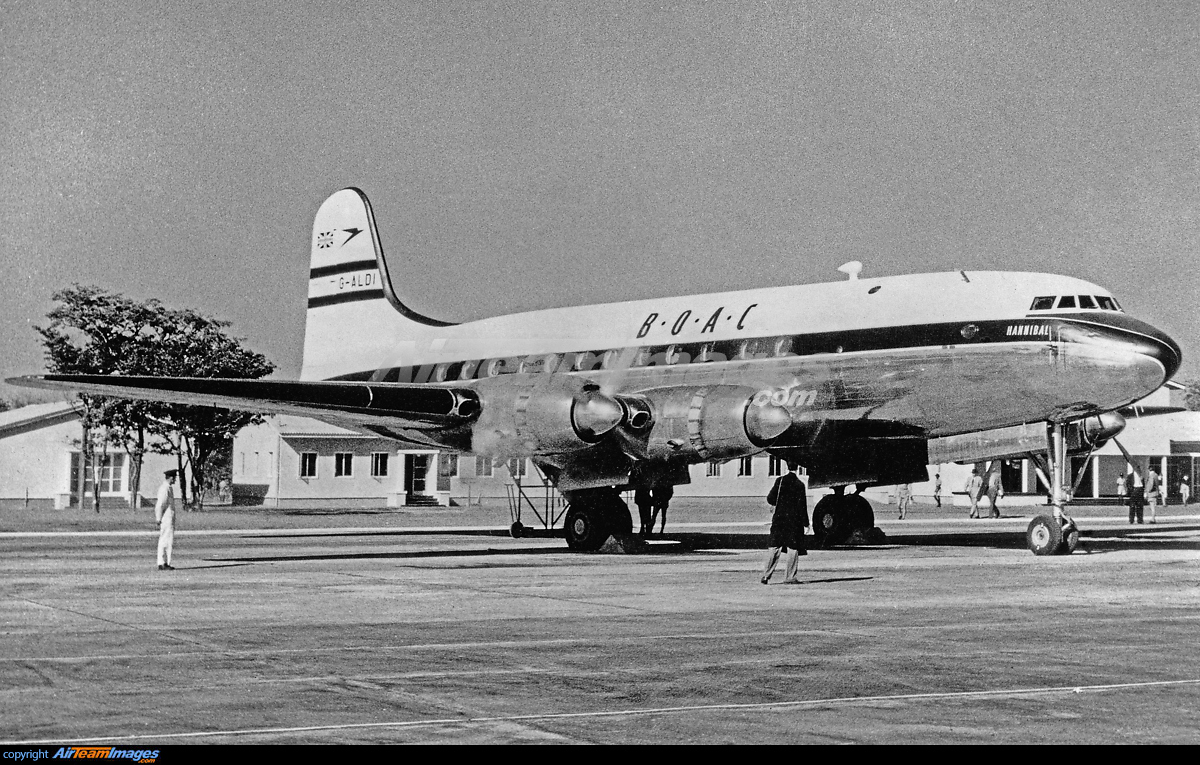You are using an out of date browser. It may not display this or other websites correctly.
You should upgrade or use an alternative browser.
You should upgrade or use an alternative browser.
Unknown Aircraft that could have been great .
- Thread starter Count of Crisco
- Start date
- Status
- Not open for further replies.
Okay. Lets say Silkworms or SSGNs are launched, and you have a four flight CAP of ST-21s each with one AAAM and three AMRAAMs. At most, they have the chance to take out sixteen missiles before they can get the next flight of aircraft off the deck. In terms of a sufficiently-sized missile launch that is detected, while CAP can engage them and try to take them down, it will be forced to the escorts to be able to take the rest of the missiles down quickly and rapidly.
At the time in the 1990s when the Soviet Union had collapsed, what kind of threat could they have done? Who would've expected this course of events to occur from then?
Or, as is more likely, two AIM-54, 2 AMRAAM and 2 Sidewinder.
The Persian Gulf springs readily to mind. As does the Yellow Sea and East China Sea.
The only people who took Russia off the possible list of opponents were the idiots inside the Beltway. You plan for capability not best case. Of course, that is only if you have the sense God gave the common dog, something that is remarkably lacking on the Hill.
Don't want to derail this thread further. Apologies to the OP.
Getting back to the 30s-40s. How about DC-5. thought it got the short end of the stick. Wonder how hard it would of been to put in a rear ramp?

It had less lift than a C-47, even before you add in a read loading ramp.
Of course any contemporary aircraft that gets into a comparison with the Skytrain is in for a long day.
Dayton Kitchens
Banned
Who would've expected this course of events to occur from then?
I pretty much expected the Russians to move back to hostility to American and western interests.
As far as a positive note:
AM-1 Mauler
Sort of a beefier version of the A1 Skyraider (think about that one for a second)
https://en.wikipedia.org/wiki/Martin_AM_Mauler

AM-1 Mauler
Sort of a beefier version of the A1 Skyraider (think about that one for a second)
https://en.wikipedia.org/wiki/Martin_AM_Mauler
I pretty much expected the Russians to move back to hostility to American and western interests.
I thought it was mortal lock. My only surprise was it took so long.
Got to dispute the Me 264. Look at the poor thing's operational ceiling and cruising speed; it's Mustang bait. Not even as difficult a target as the Fortress and Liberator- never mind the fact that it's development problems caused it to be rejected even before it became obvious that the basic idea couldn't be done.
The DC-5 may have been good, but was it that much better than the -3 that it was worth adopting? Apparently not.
The nuclear powered bombers may have been on the drawing board, at least in initial/conceptual study form, that early; but again, great is distinctly iffy. The closed cycle designs were all subsonic due to being absurdly heavy, the open cycle designs spewed trails of radioactivity wherever they went, and both skimped on all around shielding, in order to be light enough to fly, that maintenance- of an only shadow shielded core and an irradiated airframe- would have been difficult verging on carcinogenic.
Project Pluto, insane as it was, was not that far beyond what was being seriously proposed as manned aircraft. Greatness? Hell no.
Sukhoi had a design, the initial Su-15 of 1949, the number was later reused, it had it's teething troubles that Mikoyan used as an excuse to nobble it, but it was basically workable, the first serious night/all weather interceptor they could have had, transonic, aerodnamically innovative- could have been a solid early entry in the jet age, I reckon.
The DC-5 may have been good, but was it that much better than the -3 that it was worth adopting? Apparently not.
The nuclear powered bombers may have been on the drawing board, at least in initial/conceptual study form, that early; but again, great is distinctly iffy. The closed cycle designs were all subsonic due to being absurdly heavy, the open cycle designs spewed trails of radioactivity wherever they went, and both skimped on all around shielding, in order to be light enough to fly, that maintenance- of an only shadow shielded core and an irradiated airframe- would have been difficult verging on carcinogenic.
Project Pluto, insane as it was, was not that far beyond what was being seriously proposed as manned aircraft. Greatness? Hell no.
Sukhoi had a design, the initial Su-15 of 1949, the number was later reused, it had it's teething troubles that Mikoyan used as an excuse to nobble it, but it was basically workable, the first serious night/all weather interceptor they could have had, transonic, aerodnamically innovative- could have been a solid early entry in the jet age, I reckon.
As far as a positive note:
AM-1 Mauler
Sort of a beefier version of the A1 Skyraider (think about that one for a second)
I love that picture of the Mauler with 3 fish hanging underneath. Just screams "Hello, we're the United States Navy, and we're here to ruin your day." Just out of curiosity, and because I know you love it (as do I) how would the F8B compare?
I love that picture of the Mauler with 3 fish hanging underneath. Just screams "Hello, we're the United States Navy, and we're here to ruin your day." Just out of curiosity, and because I know you love it (as do I) how would the F8B compare?
The F8B would have been much faster (about 30%-50%) with better range/loiter, always a handy thing when looking at CAS potential, but notably lower in combat load, by 15-25% depending on if it is the AD 1 or the AM-1.
The potential of the aircraft was just off the hook, but it was too late to the rodeo. By the time it would have hit the Fleet it would have been outclassed by the F2H in the fighter/bomber role much less the pure fighter role, and the AD-1 & limited numbers of AM-1 had it in the shade as pure bomb truck.
NamelesStatistic
Banned
Maybe a bit late this is my favourite jet interceptor CF 105 Avro Arrow
Seconded. The arrow was designed in the 1950s and first flew in 1958. 5 were completed before the Canadian government controversially cancelled the project, despite it being by all accounts a very good interceptor design.
The F8B would have been much faster (about 30%-50%) with better range/loiter, always a handy thing when looking at CAS potential, but notably lower in combat load, by 15-25% depending on if it is the AD 1 or the AM-1.
The potential of the aircraft was just off the hook, but it was too late to the rodeo. By the time it would have hit the Fleet it would have been outclassed by the F2H in the fighter/bomber role much less the pure fighter role, and the AD-1 & limited numbers of AM-1 had it in the shade as pure bomb truck.
Yeah, it kinda seems that way. Shame, really. That's one of those what-if aircraft that I've always wanted to see - be a hell of a late-tech-tree Warthunder AC.
I've always wondered about the P-55 Ass*Ender. When built with the Allison V-1720 it was doomed to be a dog. With the stillborne Pratt&Whitney X-1800 (hp not cid as is usual with US aero engines) who knows. I fo have mydoubts about curtis being able to sort out the aerodynamics of the design. An image in the back of my mind of a P-55J powered by a turbo-jet in a conversion similiar to what SAAB did with their pusher fighter.
Another might have is the Boulton-Paul P-100. Single engined ground support a/c powered by the Napier Sabre iirc. But can you imagine being the pilot of one of these and having to bail out. I think we need that Martin Baker ejection seat!
Admiral Beez
Banned
According to this site http://curtisshawk75.bravepages.com/ the Hawk 75 could have been something if given the Wildcat's motor and supercharger.
Two British aircraft that could have been interesting are the Short S.32 and the Fairey FC.1 transport aircraft. The Air Ministry realised that the then current domestically produced airliners were starting to fall behind other nations' so issued two specifications in 1938, 14/38 and 15/38 respectively, with the S.32 intended for long-range flights and the FC.1 for short/medium-haul ones. Unfortunately WWII started so the contracts were terminated with the prototypes, which were apparently in somewhat advanced stages, scrapped and for one reason or another not looked at again after hostilities had ended.

Short S.32

Fairey FC.1
Shame really. I kind of view them as potential British versions of the Douglas DC-4 and Lockheed Constellation, although since they never flew and didn't get the future development that the American aircraft did it's difficult to make any real comparisons, despite however much as some people might want to. If the specification and development contracts had been issued only a year or two earlier then they could have potentially just managed to slip in under the wire, or even simply put in cold storage for the duration to be picked up later, to provide interim airliners until the Brabazon aircraft entered service.

Short S.32
Fairey FC.1
Shame really. I kind of view them as potential British versions of the Douglas DC-4 and Lockheed Constellation, although since they never flew and didn't get the future development that the American aircraft did it's difficult to make any real comparisons, despite however much as some people might want to. If the specification and development contracts had been issued only a year or two earlier then they could have potentially just managed to slip in under the wire, or even simply put in cold storage for the duration to be picked up later, to provide interim airliners until the Brabazon aircraft entered service.
Depends really on how they would want to develop it if they wanted to. It could be done with one crew, look at the F-16.Oh....to have an FB-23 as an F-15E replacement. It'd have to be a two-seater as a single pilot likely can't handle all the cockpit duties in the strike mission.
You better tell them before they finish building all those single-seat F-35s.
The A has a gun with roughly 180 rounds. The gun itself can't be fired until 2020 at the earliest. The B and C models don't have an internal gun. They do have an external Gun Pod with 200 rounds.The F-35 is supposed to replace the F-16, F/A-18A/C, and eventually, the A-10 (yeah, right....and don't get me started on that.). Not the Strike Eagle, where you fight your way in, hit the target(s), and fight your way out.
The 'Hog is going nowhere.
According to this site http://curtisshawk75.bravepages.com/ the Hawk 75 could have been something if given the Wildcat's motor and supercharger.
That page needs an edit and some corrections. The XP-42 was a version beginning as a P-36A, and ended up achieving 340 mph on the original engine, from 313 mph. It took until 1943 to do so, because no FW-190s landed in Buffalo by mistake. I imagine it would have been faster still with P&W R-1830-76, as would those F4F3A and Martlett III aircraft that didn't get them because they were in short supply. It was also used to test the stabilator tailplane. It was still no FFVS J-22.
- Status
- Not open for further replies.
Share:



